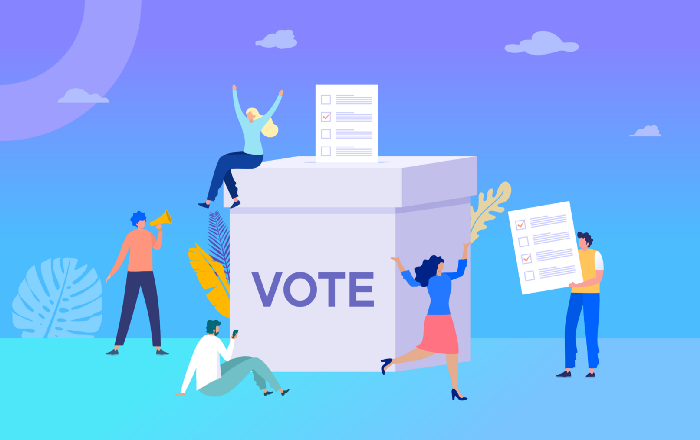Holder’s Sovereignty from Theory to Practice
The first steps taken in implementing Sögur's governance model included forming the token holder's Assembly, holding Democonomy voting and the possibility to replace the project's Executive Council.
A fundamental premise of Sögur is currency holders are the sovereign and that governance should represent and carry out their general will effectively. Voting by currency holders is of course a central way for them to express their views, priorities and wants.
For this reason, we incorporated currency holder voting as early as possible. In September 2020, nine months after the token’s launch the Assembly was formed, allowing SGR holders to exercise their powers through an onchain voting mechanism.
The topics open for voting concerned significant aspects in Sögur’s governance. Most importantly these processes allowed users to start practicing their ownership and to take an active part in the project’s evolution.
With regard to eligibility, currency holders needed to hold at least 10 SGR in the wallet linked to their Sögur account, at which point they automatically became Sögur Participants (equivalent to a nation state's citizens).
A unique feature in the voting process concerns Holder’s voting power: As Sögur was both a financial project and a democratic one, Sögur’s voting mechanism balanced between the one token – one vote (stake-based) approach and the one person – one vote (participant-based) approach. This was done by using Democonomy Voting which dynamically balances voting power between small and large holders.

Another notable feature is liquid delegation, i.e. Sögur Participants could offer to act as delegates for other Participants. Alternatively, they could delegate their own voting power to existing delegates. A delegation platform allowed for this. In addition, delegation is liquid, as Participants could always choose to actively vote instead of giving their voting power to the delegate in any voting process.
Finally, Participants were welcome to initiate governance proposals and to provide support for such proposals. For this a Community Proposals Platform was set up. Once a participant’s proposal gathered 5% support from the total voting power it advanced to be a formal proposal on the voting page.
All governance proposals had to be within the Assembly’s decision making rights per the current governance phase, as detailed in the Sögur’s constitution and in the Initiating Governance Proposals Guidelines. Broadly, these include various aspects of Sögur’s reserve management, liquidity management, and statutory auditing. Starting November 2020, Participants were also able to propose a dissolution of the Executive Council and announce new elections.
The first Participants vote was held at the beginning of September 2020, and concerned amendments to the monetary and governance models including the formation of the Assembly and the voting procedures described above. The proposal was accepted and implemented.
Over the course of October and November 2020, three more proposals were up to vote. The first of these concerned the identity of the primary liquidity provider: B2C2 was chosen. The second concerned the USD stablecoin that would be held as a portion of Sögur’s reserve: USDC was chosen. The third vote concerned the temporary alternative currency for holding reserve RNB: Euro was chosen.
Summing up, Sögur’s voting paved the way for Holder’s to express their will in governance and to actively practice sovereignty. Should the project have continued, more and more responsibilities would have been handed over to the assembly in accordance with the governance evolution timeline as determined and detailed in Sögur’s constitution.



